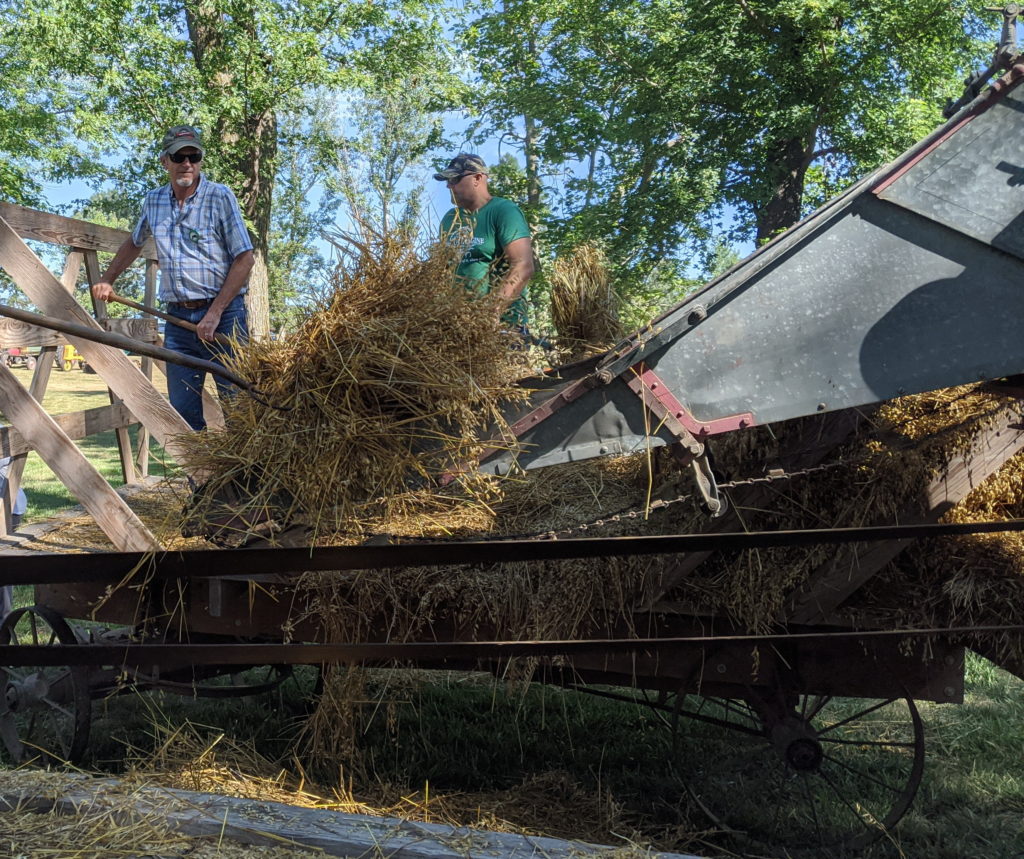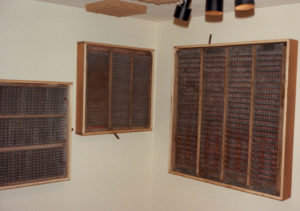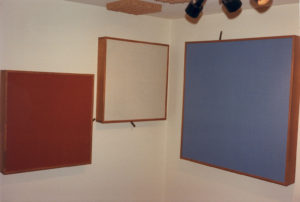
As is sometimes stated, you can take the boy out of the farm – but you can’t take the farm out of the boy. The last weekend in July I attended the annual Mid-States Antique Tractor & Engine Show to see the familiar representation of farming from yesteryear. I was additionally at the event this time to provide an improved PA amp used to announce various events on the show grounds such as the kiddie and “grown-up” tractor pulls as well as the parade of old-time farm equipment.
One of the events I participated in I remembering observing at least twice on the farm as a child. It was threshing grain, which usually occurred early to mid summer. I was too young to help back then (actually I’m sure I can be glad of that), but this year I thought it would be fun to pitch some oat bundles into the machine. For those who don’t know what a threshing machine is, it’s the forerunner of the combine. The purpose was the same – separate the grain from the plant and chaff, the difference being that you hauled the grain to the stationary threshing machine in contrast to a combine going through the field and cutting/separating the grain simultaneously. This brought to mind that when I built my studio 35 years ago I incorporated two sieves (the item that does the final separating of the grain) out of a threshing machine into the wall sound panels. The larger of the pictured panels below is from a threshing machine, and the smaller ones from an early combine. They serve somewhat as a sound diffuser with their rounded rows of tin fingers, and behind them is fiberglass insulation which absorbs sound. The gap adjusters for those rows on the smaller panels still operate, so I also can determine whether those panels are more reflective or absorptive depending on where I position the lever. So the past is incorporated into the present every day that room is used for recording.
By the way, there’ll be a final separating of our chaff from the grain. What will the bin of our lives produce?


